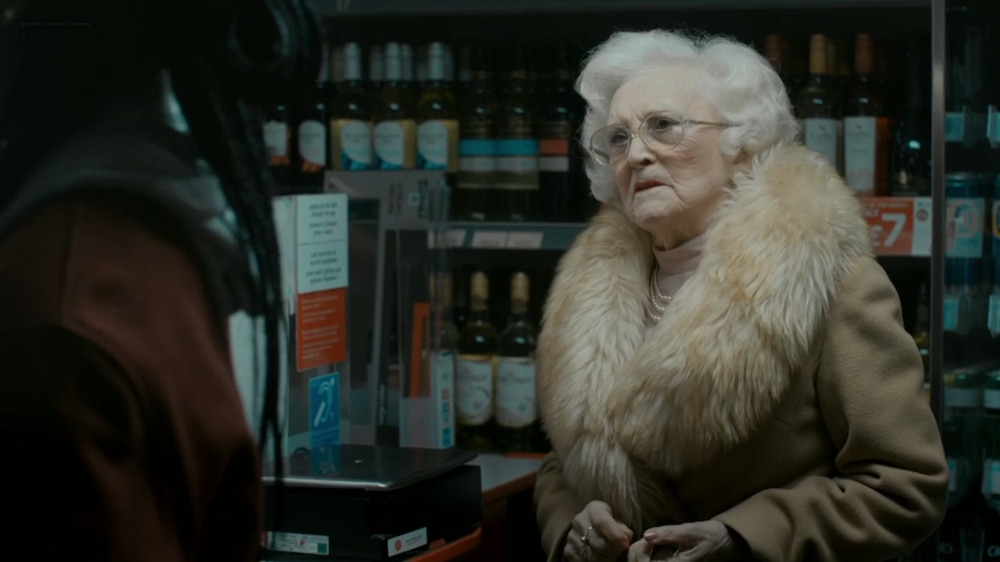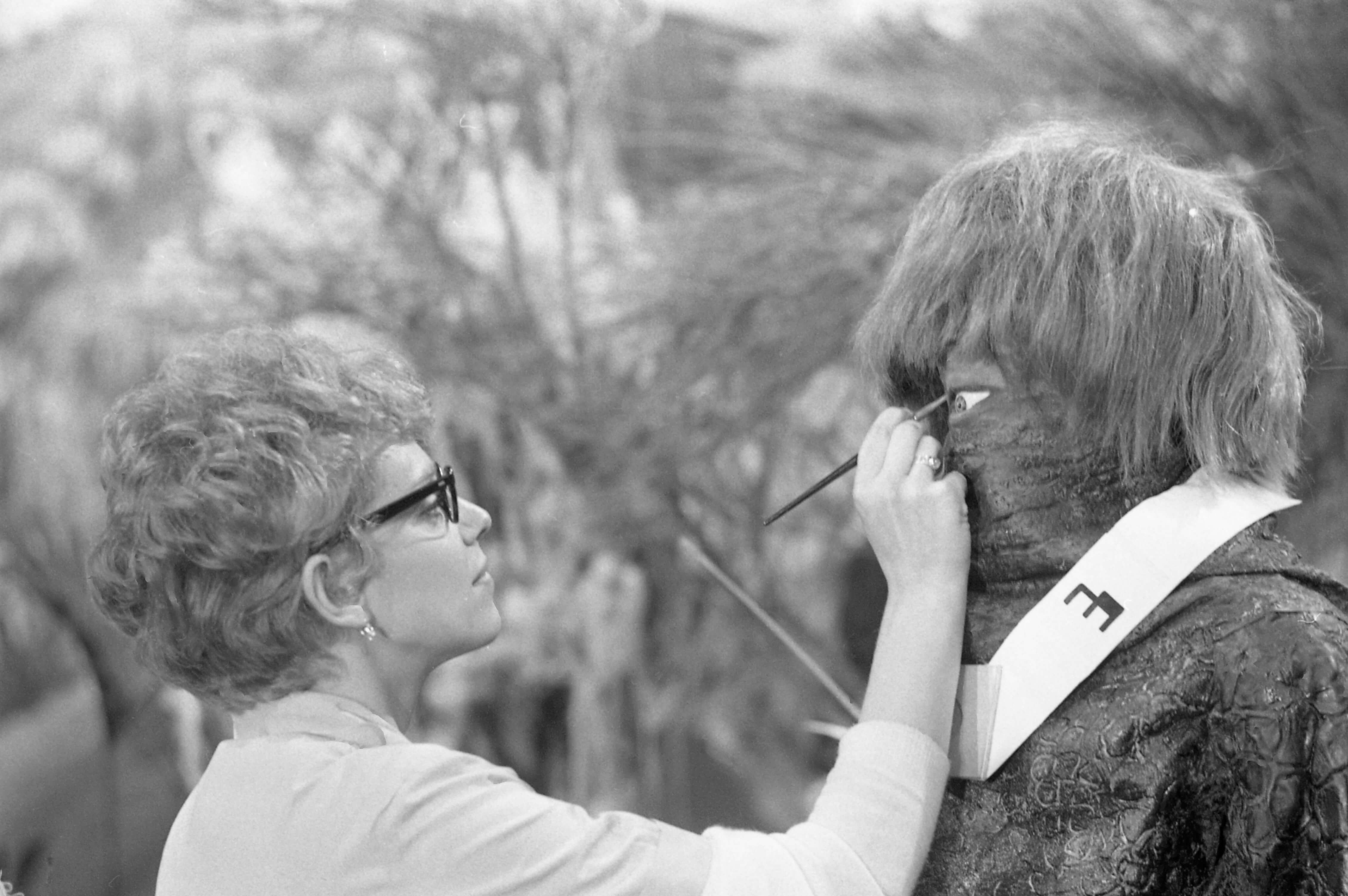March 05, 2019
From production to writing, make-up to music, women have been involved in Doctor Who since its inception in 1963. To celebrate International Women’s Day, we’re sharing ten inspiring women who have made Doctor Who what it is today.
Verity Lambert
Verity Lambert is undoubtedly the godmother of Doctor Who. Appointed the first female producer at the BBC aged 27, the project that kicked off her career was a new family science fiction series – any guesses? Doctor Who has a lot to thank Verity for, including casting the original Doctor, William Hartnell and pushing the iconic Daleks. The show’s first episode An Unearthly Child (1963) performed poorly, as power cuts across the country and millions tuning into the news of John F Kennedy’s assassination ruled the slot. It was Verity that insisted the episode be repeated the next week, which saw 1.6 million more viewers. This instinct and drive is most probably why the show we love today is still on our screens.

June Hudson
Legendary costume designer June Hudson is responsible for creating some of Doctor Who’s most original looks. She worked on both Romana’s costumes, including Mary Tamm’s white floor-length dress from The Ribos Operation (1978), and Lalla Ward’s eclectic wardrobe ranging from Edwardian swimwear through to Georgian frock coats. Maybe most notably, she re-created the Fourth Doctor’s costume for Season 18 in 1981. The plum colour scheme reflected the shift in character for his last series, and although still playful, is distinctly more sombre. June is still working today – you can see her latest work in 2018’s Johnny English Strikes Again.

Malorie Blackman
Author Malorie Blackman has been pushing the boundaries of young adult fiction since 1990. Navigating the world of publishing and television, Malorie has woven themes of race throughout her work. In her novel series Noughts & Crosses, she creates a dystopian world where the prejudices of race between white and black people are switched. In Series 11 of Doctor Who, her episode Rosa re-tells the story of Rosa Parks and the Civil Rights movement integrated within the Doctor’s timeline. Malorie and showrunner Chris Chibnall were recently awarded a Visionary Honours Award for the episode.

Julie Gardner
Second only to Russell T. Davies on the number of Doctor Who hours produced, we largely have Julie Gardner to thank for the re-birth of the show. After starting as Head of Drama at BBC Wales, she approached Russell, with whom she’d produced Casanova, to work on Doctor Who. After it re-launched, Julie not only executively produced Doctor Who spin-off Torchwood, but was also the day-to-day producer on many episodes of Doctor Who, including the Tenth Doctor’s final story The End of Time (2010). Julie has since launched Bad Wolf Productions. Their latest production – His Dark Materials, an adaption of the Philip Pullman novels is due to be televised in 2019.

Delia Derbyshire
Often referred to as ‘the unsung heroine of British electronic music’, Delia was part of the legendary BBC Radiophonic Workshop and a pivotal figure in the creation of the Doctor Who theme tune. Similarly to Verity Lambert, she found gaining access to her industry difficult, being told no women were allowed to work in recording studios. After joining the Radiophonic Workshop, Delia arranged Ron Grainer’s original composition for the Doctor Who theme tune. No synthesizers were used, but techniques such as ‘filtered white noise’ and the use of a ‘wobbulator’ created the haunting, other worldly music. She created the sound of the TARDIS materialising by slowing down the recording of scratching keys against the bass strings of a piano. She went on to create the sound effects and music for over 200 television and radio shows.

Sonia Markham
Sonia was a make-up artist on Doctor Who between 1964-1966 and covered most of the First Doctor’s era. Starting off as assistant to head make-up artist Jill Summers on The Sensorites (1964), Sonia eventually became senior make-up artist from The Rescue (1965) onwards. Her incredible work can be seen in stories such as The Dalek Invasion of Earth (1964), The Savages and The War Machines (1966). The most famous of her works however, is probably the application of William Hartnell’s wig to create the first Doctor’s iconic look – needed for every single story!

Hayley Nebauer
Hayley headed up the costume department for Series 10 of Doctor Who as well as the 2016 and 2017 Christmas specials. Her costumes include a wide range of historical, contemporary and futuristic designs across the episodes, with many pieces custom-made by Hayley herself. She was notably the person behind Bill’s iconic denim-jacket-and-Prince-shirt combo worn throughout the series. Did you know the jacket had subtle Doctor Who references? Next time, see if you can spot the question mark and robot patches sewn on.
Sarah Dollard
Writer Sarah Dollard created two stories for the Twelfth Doctor in Series 9 and 10. Her first outing with the show, Face the Raven (2015), saw the exit of travelling companion Clara Oswald and the beginning of the Series 9 finale. The story saw the Doctor saying goodbye to his beloved companion in a heartbreaking death for Clara – the ultimate storyline for Sarah’s first Doctor Who episode. She went on to write Series 10 episode Thin Ice (2017), set during the frost fairs of 1814, which was Bill’s introduction to the history of her home planet.
Rona Munro
Rona is the only writer to have written for both the classic and new series of Doctor Who. She penned 1989’s Survival, which was also the final classic serial to air after the show’s cancellation and returned to Doctor Who in 2017 with the story The Eaters of Light, nearly 28 years later. This is the longest gap between two stories by the same writer in the show’s history to date!
Jodie Whittaker
Actress Jodie Whittaker made history with her debut as the Thirteenth Doctor in the 2017 Christmas special of Doctor Who, Twice Upon a Time. She is the first woman ever to play the title role of the Doctor. Her first series saw the Doctor and her new pals Ryan, Graham and Yaz meet super-sized spiders, Rosa Parks, King James I, killer bubble wrap, a dangerous and extremely hungry creature called Pting, and more. Most of all, they fended off evils with the Doctor’s mantra of hope and love winning out. In the words of the Thirteenth Doctor, “Love, in all its forms, is the most powerful weapon we have. Because love is a form of hope. And like hope, love abides. In the face of everything.”
